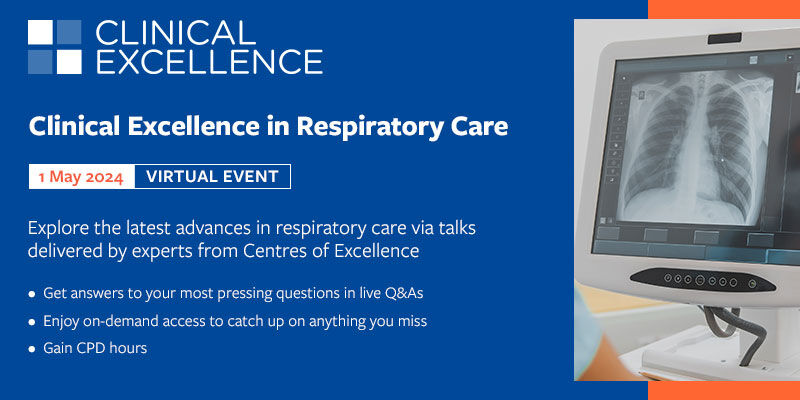Triggers of acute heart failure vary globally, according to late breaking results from the REPORT-HF registry presented today at Heart Failure 2018 and the World Congress on Acute Heart Failure, a European Society of Cardiology congress.1
REPORT-HF is a global, prospective registry comparing regional differences in causes of acute heart failure, therapies, time to treatment, and outcomes.2 Professor Sean Collins, one of the authors of the study and Professor and Vice Chair for Research, Vanderbilt University Medical Center, Nashville, Tennessee, US, said: “Prior acute heart failure registries have focused on a single country or region. REPORT-HF is the first to simultaneously enrol patients from across the world using identical protocols. This enables us to directly compare patient management in healthcare systems in different regions of the world.”
The registry enrolled 18,805 adult patients hospitalised with acute heart failure, which was either a new diagnosis or decompensation of previously diagnosed chronic heart failure. Patients were admitted to 358 hospitals over 32 months in 44 countries across seven regions worldwide. The first analysis of the registry, which evaluates the initial hospital admission has been presented.
A total of 2810 patients were admitted in Eastern Europe, 3661 in Western Europe, 1622 in North America, 2686 in Central and South America, 2265 in the Eastern Mediterranean and Africa, 2369 in Southeast Asia, and 3392 in the Western Pacific. The median age of patients was 67 years, 52% were Caucasian, 31% were Asian, 5% were Black, and 61% were men.
In North America, acute heart failure was primarily caused by nonadherence to diet and medications (19.2% of cases), followed by uncontrolled hypertension (8.2%), arrhythmia (7.6%), ischaemia/acute coronary syndrome (ACS)/infarction (3.5%), and pneumonia/respiratory process/infection (4.1%). In Southeast Asia the main cause was ischaemia/ACS/infarction (25.6%), followed by nonadherence to diet and medications (5.4%), uncontrolled hypertension (5.2%), arrhythmia (4.7%), and pneumonia/respiratory process/infection (4.5%).3

The time between contacting medical services and receiving intravenous diuretics was longer in North America compared to other regions – a median of 3.5 hours versus just over one hour, respectively. Professor Collins said: “This could be due to a number of factors. Patients in North America had less dyspnoea at rest and may have been perceived to be less ill. Further, in North America patients are most often triaged in the emergency department which becomes crowded, causing delays in treatment. In other regions, like Europe, patients bypass the emergency department and go directly to a hospital bed to get treated.”
The medications patients received in hospital had similarities and differences. Inotropic agents, which increase the ability of the heart to contract, were used three times more often in Southeast Asia, Western Pacific, and Eastern Europe (11.3–13.5%) compared to Western Europe and North America (3.1–4.3%). Professor Collins said: “These drugs are indicated for patients with low blood pressure. Patients presented with similar blood pressures across regions, so further investigation is needed to determine why prescribing practices differ.”
Treatment with intravenous vasodilators within six hours of hospital presentation was associated with a significantly shorter hospital stay across all regions. Kidney function, systolic blood pressure, signs of congestion on chest X-ray, and cause of acute heart failure had an even greater impact on length of hospital stay.
Professor Collins said: “The registry shows that the causes and treatment of acute heart failure differ by region. Varying use of medications could be due to local practices or availability of medications. REPORT-HF will identify opportunities to improve care and inform future clinical trial design. Differences in aetiology and initial therapy may exclude patients from subsequent studies and hinder the ability to detect the benefit of novel therapies.”
Patients in REPORT-HF will be followed-up for three years after hospital discharge to collect information on treatment, rehospitalisation, and death.
References
- The abstract Global differences in acute heart failure patient characteristics, precipitants and initial therapy: primary results from REPORT-HF, a worldwide, prospective heart failure disease registry was presented during the session Late breaking trial I – Acute heart failure which took place on 26 May from 08:30 to 10:00 CEST in room Berlin.
- REPORT-HF: International REgistry to assess medical Practice with lOngitudinal obseRvation for Treatment of Heart Failure.
- Numbers do not add up to 100% because causes were only available in a subset of patients.









